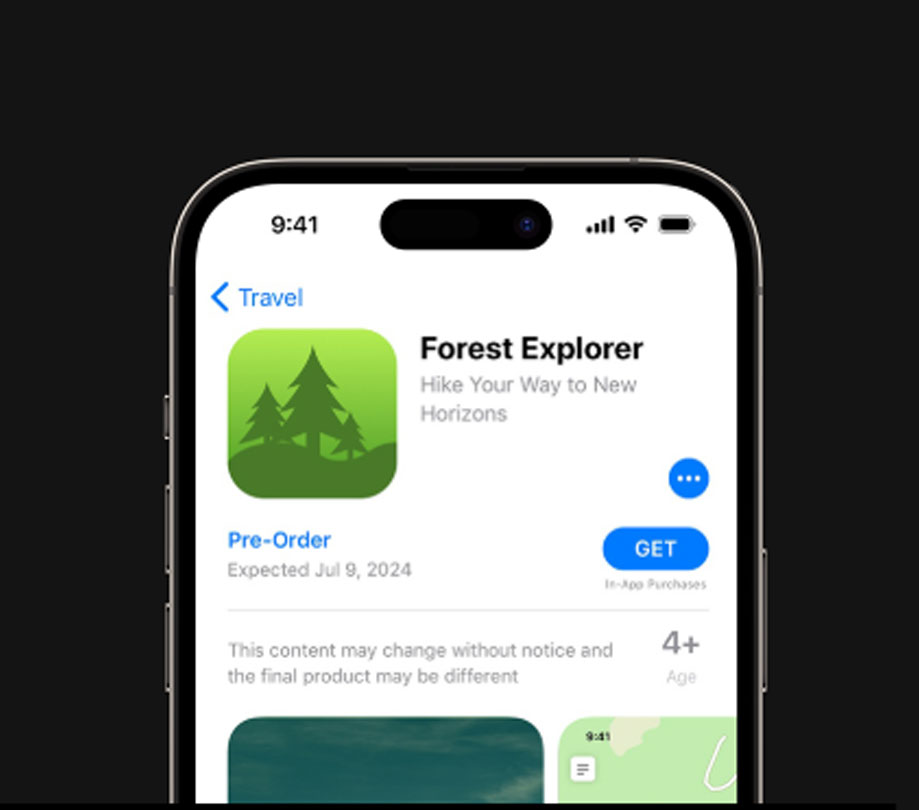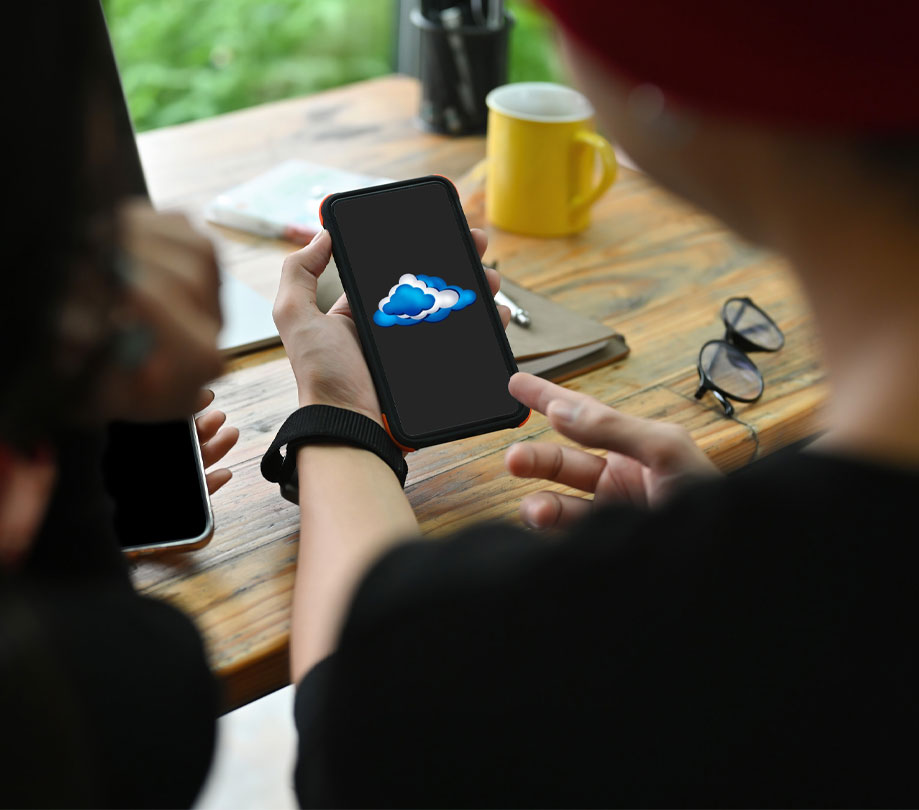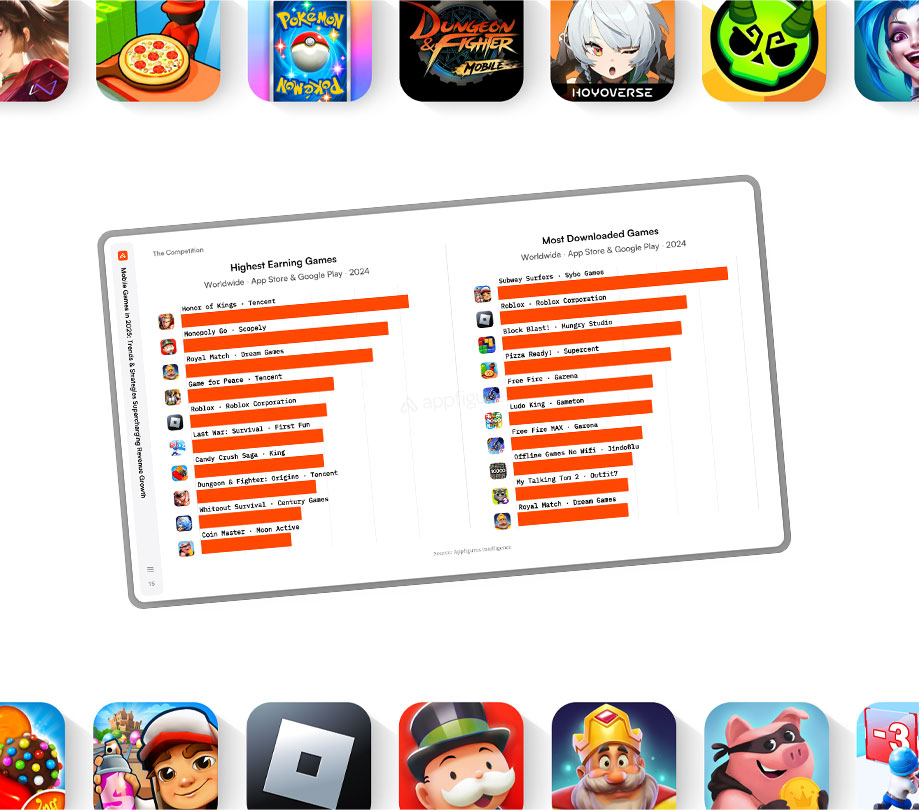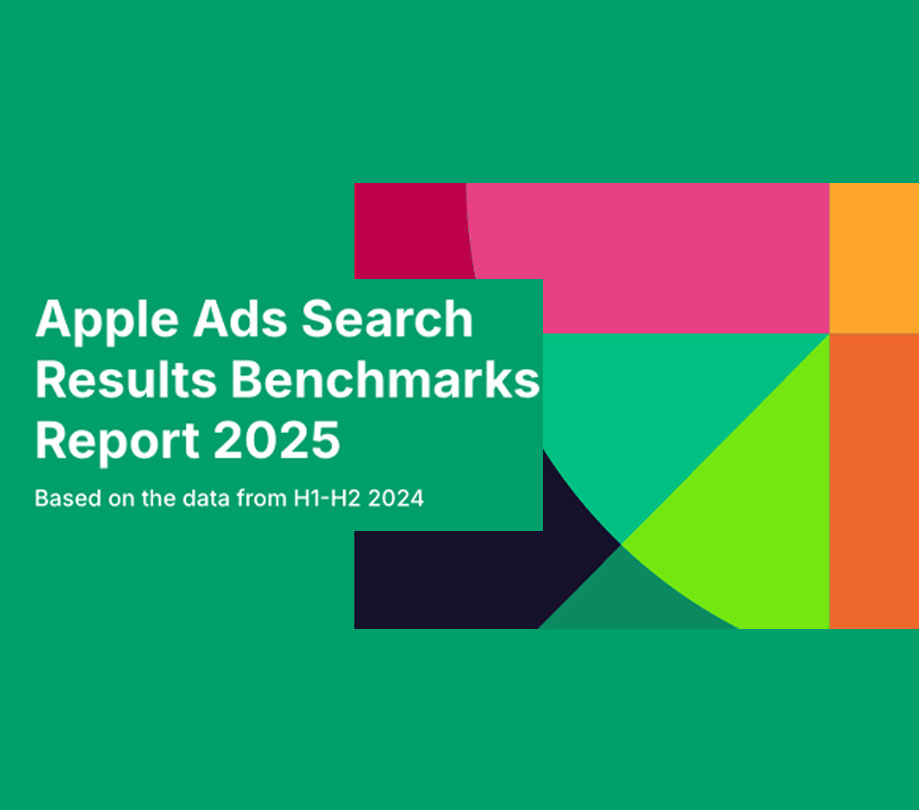Android
The mobile printing six best practices for developers
Monday, August 14, 2017

|
Patrick Chen |

App developers can enhance user experience and boost engagement by adding the ability to print within the app.
When creating apps, a developer works hard to ensure optimal functionality and a great user experience - so it's critical that an app is truly the best it can be for its audience. These days, ensuring functionality and engagement means adding mobile print to an app. Mobile printing is an unmet need in many apps: According to an InfoTrends study, 95 percent of consumers and 67 percent of business users want the ability to print from their mobile devices.
Mobile printing boosts user engagement by moving content from the digital realm to the physical; for content like tickets or coupons - or even with apps where people might want both a digital and physical copy of their content, like a recipe or a boarding pass - a consumer is more likely to download and use an app that lets her print directly from its interface.
Printability also creates a higher retention level for the app - a consumer is 20 percent more likely to stay longer within an app if he doesn't have to exit it to print from a different source, and two times as likely to come back to the app if it offers print, according to InfoTrends.
This higher engagement can help boost revenue sources; based on HP and partner analytics, users are twice as likely to click an ad and share content with other sources, including on social media, and three times as likely to make an in-app purchase. Users are more likely to pay, or pay a little extra, for an app with the ability to print because of the value they see in it; according to InfoTrends, 75 percent of users say mobile printing has a business value equal to PC printing, and 15 percent say the value is actually greater.
If you're still debating whether to add print, consider benefits specific to your user base, such as the ways your app audience would be able to integrate paper with the digital app. For example, being able to draw or take notes on app content, hang a picture on a wall, or show a friend some content when a user is not in the app are few ways that mobile print elevates an app's value. Many apps can benefit from being print-enabled - or enabling print might even open up new features developers can build in.
Since the introduction of KitKat, Android users, which comprise 80.7 percent of the worldwide smartphone market, have the option to print natively from the operating system (OS), but only after a user downloads an app that can print. Google has embedded print functionalities directly within its OS, but many apps still are not print enabled.
It's easy for Android developers to add print functionality to their apps, either as the app is being built or as an update: Simply add the print coding to the app's back end, and add a print button to the app interface. When a user hits the print button, the app hands the print request to the system, which handles the rest: choosing a printer, setting print options (like page size), and delivering the job using any print service installed on the mobile device. Because it's all handled by the OS, app developers don't need to worry about writing the print code themselves; all apps need to do is supply printable content.
Although it's easy to add mobile print on the dev side, you may still have questions on other logistics, such as colors and page sizes.
Some tips for developers include:
1) Design printable content around common page sizes, such as A4/letter and 4x6 photo media.
2) Use color to create fun and interesting experiences. Users can always choose black-and-white output if that is their preference.
3) Unless your app is photo-centric, think in terms of delivering PDF pages instead of screens of data.
4) Test your print function on different printers to ensure consistency and quality.
5) Consider including your app logo/icon in your printed output to reinforce your brand.
6) Consider how this new feature will help you market your app, and be sure to highlight it in app store/marketplace descriptions.
For more suggestions and tips, the Android Developer Website on Print, the Google Print Team and GitHub's mobile printing SDK (which supports both Android and iOS) are all great resources.
Dental Manager, an application that helps dentists manage their list of patients and details on their dental work, recently added mobile printing. A dentist can add multiple patients, store information about them, make pictures and add them to a gallery, add/edit notes in dentition view, create appointments, track payments, and import/export data - and now they also can print patient files, notes or payments history as well as manage this info within the app.
According to George Rosca, software engineer at Dental Manager, adding print to the application now enables end user to create physical evidence of their work in the application, making the app usage "real" and taking it beyond the mobile device's screens.
"Adding printing to the application had a positive impact, not only in making it look more professional, but also giving it a more serious look over the entire user experience, which impressed end-users," Rosca said.
Andrew Hughes, founder of Steadfast Innovation, agreed that enabling mobile print adds not just a new feature, but also improves user experience. His company's app, Squid, a handwritten note-taking app targeted at students, professionals and general note-takers, now has mobile print functionality.
"While Squid allows you to eliminate paper waste by taking notes electronically, sometimes it is necessary to print notes," Hughes said. "This could be a signed document, a filled out contract, a marked-up essay or notes for studying. It was important to enable our users to easily print their notes when they need to."
Rosca said some challenges a developer might face include choosing the right paper format; choosing the right information to be printed (i.e., deciding what info is meaningful to the overall experience); and handling the API versions or the content placed into the page itself and its design. These challenges are simple enough to overcome, he added.
"With the right experience, people can easily integrate printing into their application, especially with so many examples on the Internet," Rosca said. "For the design of the document, I chose to print the whole page as presented in the application, removing actionable UI elements."
The greater the user engagement with an app, the better chances an app will succeed in terms of downloads, retention and revenue generation - and mobile printing is one way to boost this engagement and ensure developers' work does not go to waste. Developers can utilize the available resources on how to enable mobile print to add a new functionality to their apps, amplifying their success rates and ensuring their apps stand out from the crowd.
This content is made possible by a guest author, or sponsor; it is not written by and does not necessarily reflect the views of App Developer Magazine's editorial staff.
Mobile printing boosts user engagement by moving content from the digital realm to the physical; for content like tickets or coupons - or even with apps where people might want both a digital and physical copy of their content, like a recipe or a boarding pass - a consumer is more likely to download and use an app that lets her print directly from its interface.
Printability also creates a higher retention level for the app - a consumer is 20 percent more likely to stay longer within an app if he doesn't have to exit it to print from a different source, and two times as likely to come back to the app if it offers print, according to InfoTrends.
This higher engagement can help boost revenue sources; based on HP and partner analytics, users are twice as likely to click an ad and share content with other sources, including on social media, and three times as likely to make an in-app purchase. Users are more likely to pay, or pay a little extra, for an app with the ability to print because of the value they see in it; according to InfoTrends, 75 percent of users say mobile printing has a business value equal to PC printing, and 15 percent say the value is actually greater.
If you're still debating whether to add print, consider benefits specific to your user base, such as the ways your app audience would be able to integrate paper with the digital app. For example, being able to draw or take notes on app content, hang a picture on a wall, or show a friend some content when a user is not in the app are few ways that mobile print elevates an app's value. Many apps can benefit from being print-enabled - or enabling print might even open up new features developers can build in.
How to enable print
Since the introduction of KitKat, Android users, which comprise 80.7 percent of the worldwide smartphone market, have the option to print natively from the operating system (OS), but only after a user downloads an app that can print. Google has embedded print functionalities directly within its OS, but many apps still are not print enabled.
It's easy for Android developers to add print functionality to their apps, either as the app is being built or as an update: Simply add the print coding to the app's back end, and add a print button to the app interface. When a user hits the print button, the app hands the print request to the system, which handles the rest: choosing a printer, setting print options (like page size), and delivering the job using any print service installed on the mobile device. Because it's all handled by the OS, app developers don't need to worry about writing the print code themselves; all apps need to do is supply printable content.
Best practices: 6 tips for developers
Although it's easy to add mobile print on the dev side, you may still have questions on other logistics, such as colors and page sizes.
Some tips for developers include:
1) Design printable content around common page sizes, such as A4/letter and 4x6 photo media.
2) Use color to create fun and interesting experiences. Users can always choose black-and-white output if that is their preference.
3) Unless your app is photo-centric, think in terms of delivering PDF pages instead of screens of data.
4) Test your print function on different printers to ensure consistency and quality.
5) Consider including your app logo/icon in your printed output to reinforce your brand.
6) Consider how this new feature will help you market your app, and be sure to highlight it in app store/marketplace descriptions.
For more suggestions and tips, the Android Developer Website on Print, the Google Print Team and GitHub's mobile printing SDK (which supports both Android and iOS) are all great resources.
Applications in Action
Dental Manager, an application that helps dentists manage their list of patients and details on their dental work, recently added mobile printing. A dentist can add multiple patients, store information about them, make pictures and add them to a gallery, add/edit notes in dentition view, create appointments, track payments, and import/export data - and now they also can print patient files, notes or payments history as well as manage this info within the app.
According to George Rosca, software engineer at Dental Manager, adding print to the application now enables end user to create physical evidence of their work in the application, making the app usage "real" and taking it beyond the mobile device's screens.
"Adding printing to the application had a positive impact, not only in making it look more professional, but also giving it a more serious look over the entire user experience, which impressed end-users," Rosca said.
Andrew Hughes, founder of Steadfast Innovation, agreed that enabling mobile print adds not just a new feature, but also improves user experience. His company's app, Squid, a handwritten note-taking app targeted at students, professionals and general note-takers, now has mobile print functionality.
"While Squid allows you to eliminate paper waste by taking notes electronically, sometimes it is necessary to print notes," Hughes said. "This could be a signed document, a filled out contract, a marked-up essay or notes for studying. It was important to enable our users to easily print their notes when they need to."
Rosca said some challenges a developer might face include choosing the right paper format; choosing the right information to be printed (i.e., deciding what info is meaningful to the overall experience); and handling the API versions or the content placed into the page itself and its design. These challenges are simple enough to overcome, he added.
"With the right experience, people can easily integrate printing into their application, especially with so many examples on the Internet," Rosca said. "For the design of the document, I chose to print the whole page as presented in the application, removing actionable UI elements."
Your App, Amplified
The greater the user engagement with an app, the better chances an app will succeed in terms of downloads, retention and revenue generation - and mobile printing is one way to boost this engagement and ensure developers' work does not go to waste. Developers can utilize the available resources on how to enable mobile print to add a new functionality to their apps, amplifying their success rates and ensuring their apps stand out from the crowd.
This content is made possible by a guest author, or sponsor; it is not written by and does not necessarily reflect the views of App Developer Magazine's editorial staff.

Become a subscriber of App Developer Magazine for just $5.99 a month and take advantage of all these perks.
MEMBERS GET ACCESS TO
- - Exclusive content from leaders in the industry
- - Q&A articles from industry leaders
- - Tips and tricks from the most successful developers weekly
- - Monthly issues, including all 90+ back-issues since 2012
- - Event discounts and early-bird signups
- - Gain insight from top achievers in the app store
- - Learn what tools to use, what SDK's to use, and more
Subscribe here













Comments